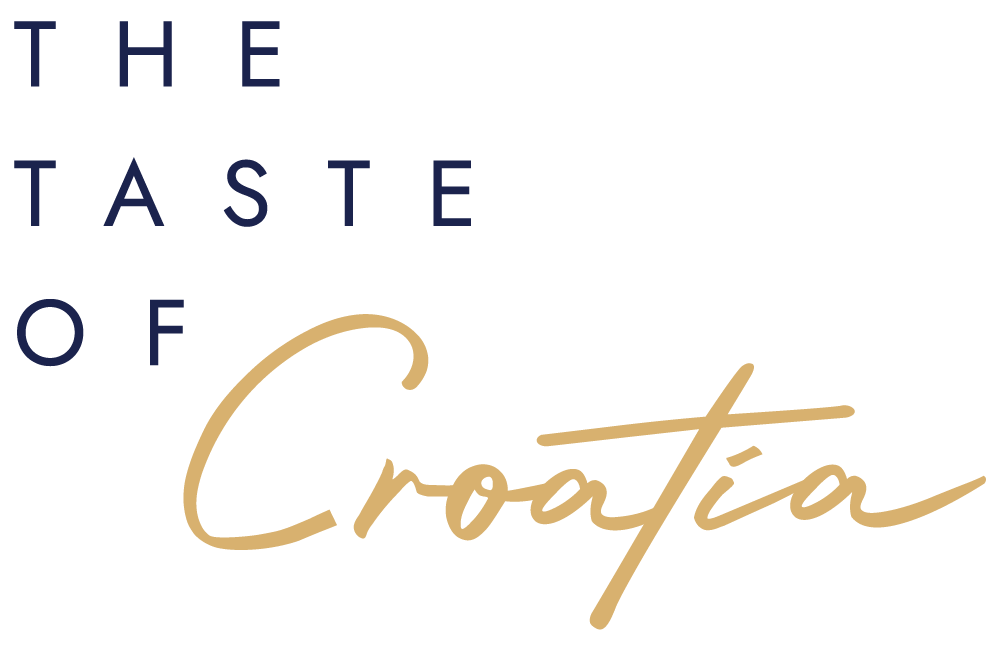
What happens when an olive oil is produced?
If you are a producer, big or small, and you want to place your olive oil on the market, you need to properly declare it, i.e. label it with the right quality category. How will you know what category your oil falls into?
Well, the oil needs to go through 2 specific analyses: the chemical and the sensory analyses. The results of BOTH analyses will tell you what can you put on the label of your product.
The chemical analysis, done in a certified lab, will result in a document with many different chemical and physical indicators, of which, the most indicative and most widely known are the free fatty acids. These values start developing in an oil as soon as the olive is picked from the tree (remember the race against time from the previous post?) and will indicate how much an oil has the tendency to deteriorate. So, logically, the lower the values, the better the oil.
From 0.0 up to 0.8% is the category of EXTRA VIRGIN OLIVE OIL
From 0.8 to 2.0% is the category of VIRGIN OLIVE OIL, and finally, everything with the FFA values over 2% falls into a category called LAMPANTE, which cannot be placed on the market as it's not suitable for consumption.
But that's not all.
After the oil has passed the chemical test, it needs to pass the „human“ test, or the sensory analysis, which means that a group of certified olive oil tasters called a tasting panel, will need to smell and taste your oil and conclude the following:
a) that your oil has zero faults and
b) that your oil has a characteristic aroma, called FRUITY, in order for you to be able to declare it as extra virgin olive oil.
Unbelievably so, no technology is able to substitute a human nose! Your oil could have passed the chemical analysis, but it still might be displaying certain faults, due to bad storaging of olives or the produced oil, or some mistakes in the milling process and those faults can be detected only by a human.
And that, my friends, is very good news for you. And I'm about to tell you why, but first, here's some food for thought: have you ever wondered why can you find products labelled as extra virgin olive oil priced very differently? Like, how is it possible that products that are labelled in the same way can vary in prices from 4 euros per litre to up to 50 euros per litre? Confusing, isn't it?
Let's take a look at this image for a second:

These are results of a survey conducted by the University of Bologna a few years ago. They basically wanted to see how much of each category of oil is produced and sold in a year in the EU. They were in for a shock.
Very obviously, much more EVOO was (and still is) being sold than produced, which means that most products sold as evoo are not EVOO, but adulterated oil.
So what can YOU, the average consumer do about it? Here comes the good news: by just using your senses of smell and taste, you can tell if the oil you are tasting is an oil of good quality, or not.
But, you need to know what you are looking for, that is why it is important to know your basics in olive oil tasting. It's not just a gourmand experience, it's a very important life skill if you use olive oil on everyday basis.
Until you have a chance to participate to a guided olive oil tasting (first one here online will be on December 10th via Zoom ;)), here are some tips on what to do:
- Buy your oil from specialised shops or when travelling, directly from producers so you have the opportunity to taste it before you buy it
- taste your oil directly from a small glass, only later with bread
- cup it with your hands to warm it up, shake it a bit and smell it - take a nice long breath,
- in the aroma, look for freshness the notes of freshly cut grass, green apple, green tomato, fresh herbs – we call this aroma fruity, which is a direct connection to a healthy olive and a good milling practice,
- take a small sip in your mouth, move it a bit, then bring it to your throat with some air – if you have evoo in your mouth, you will feel bitterness on the tounge and some spiciness in the throat (you will maybe caugh a bit, not to worry, a normal reaction) – that is a direct sign of the presence of antioxidants or polyphenols in the oil – the stuff that makes evoo superfood and does so much good to your body, and also preserves the oil for a longer time.
So: freshness, slight bitterness and pleasant spiciness is what you want to find in a true evoo. If you do, you can purchase with confidence.
Now, take that supermarket „evoo“ that you found discounted and maybe you use it for cooking and taste in the same way. Something's missing, right?
The world of olive oil is a rich and beautiful one, with so many different aromas and food pairings.
Start discovering, you'll enjoy it.
Deel:
Meer onderwerpen

2 min read

2 min read

2 min read
Plavac Mali - the king amongst Croatian red wine grape varieties

2 min read


